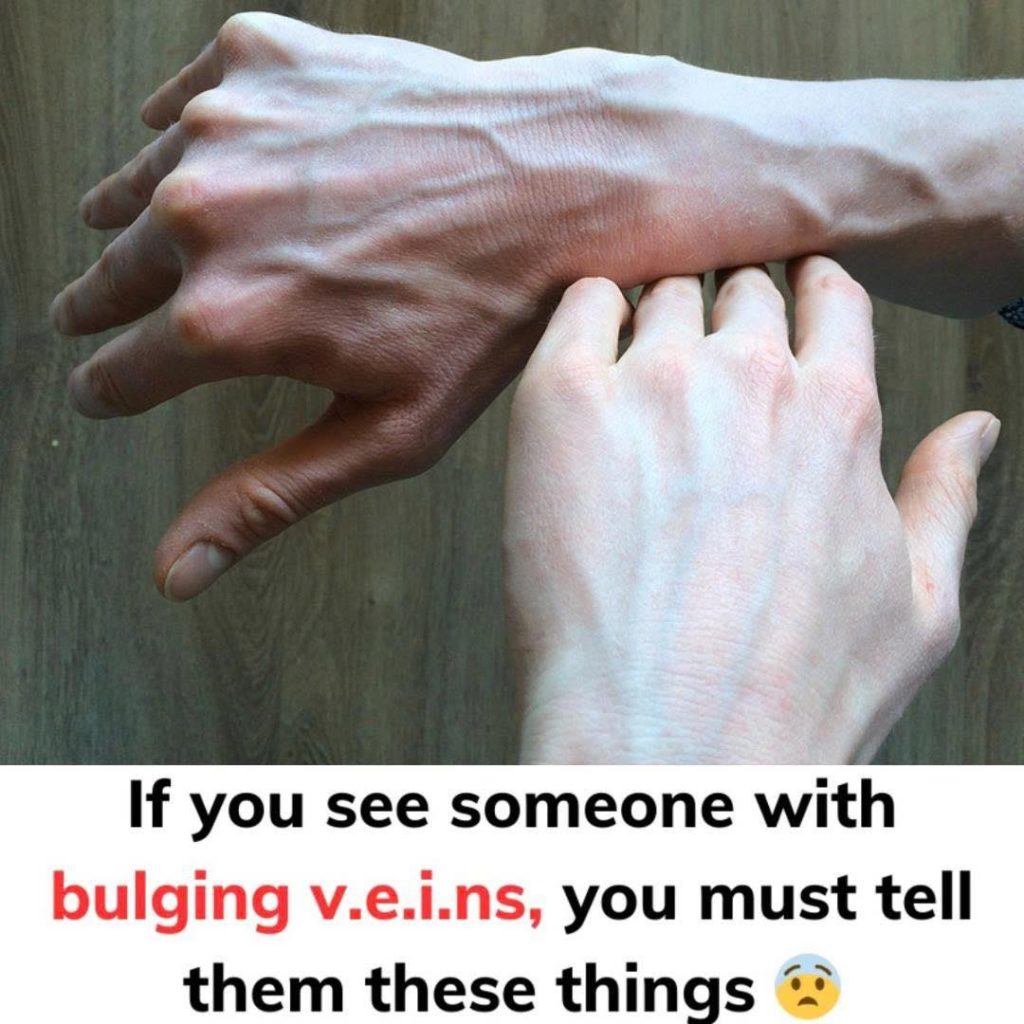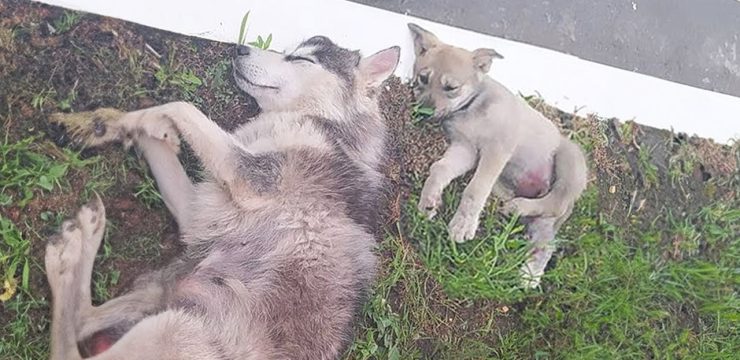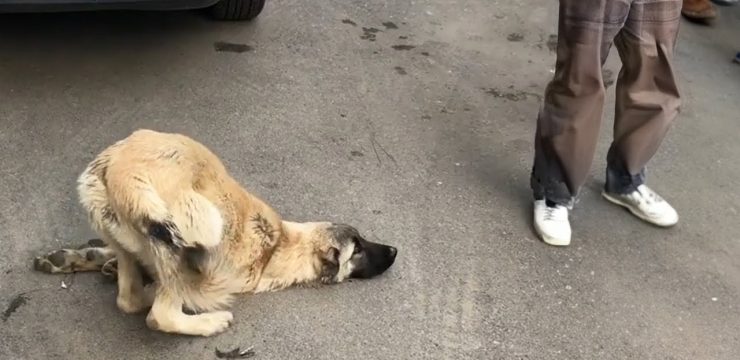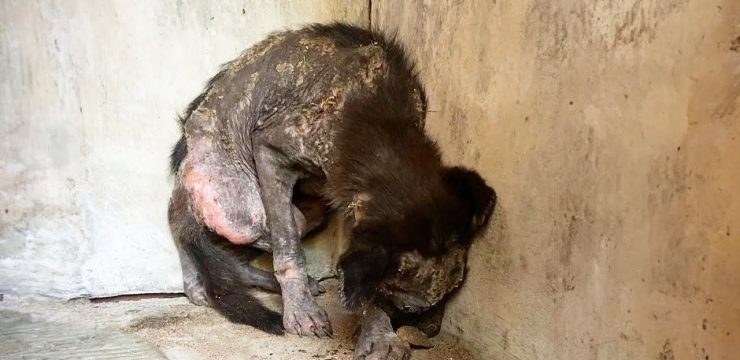Ever caught a glimpse of those bright blue veins standing out on the backs of your hands and wondered if it’s just a harmless quirk or something more serious? You’re definitely not alone. Many people notice these prominent veins and immediately question whether it’s normal or a sign of an underlying health issue. What might surprise you is that while visible veins are often harmless, they can sometimes signal potential problems, including issues with your circulation or even dangerous blood clots.

Those veins you see are not random. They’re part of a system of superficial veins that lie just beneath the surface of your skin. When certain changes occur in your body — like shifts in temperature, aging, or physical activity — these veins can become much more noticeable. The sudden visibility might seem strange, but it often has a simple explanation. For people with pale skin or a thinner body frame, veins are more likely to stand out because there’s less fat and pigment to cover them up. As we age, our skin loses elasticity and becomes thinner, which also makes veins more apparent. So, if you’re older or naturally lean, visible hand veins might be nothing more than a reflection of your body’s structure.
However, not all visible veins are created equal. If you’re particularly athletic or thin, your veins might become more prominent, especially during or after a workout. When you engage in strenuous physical activity or lift weights, your muscles expand, pushing the veins closer to the surface of your skin. That’s why bodybuilders and athletes often have what many call “pop-out veins.” These veins aren’t just for show — they’re a sign of increased blood flow and vascular efficiency. Even pregnant women may notice more visible veins, since their blood volume increases significantly during pregnancy to support both their own body and their baby’s. The circulatory system works harder, making veins more prominent across the body.
But while these blue veins are often harmless or simply tied to physical fitness, there’s another side to the story. Sometimes, what you’re seeing could be the early signs of varicose veins. These are veins that have become stretched out, twisted, and weakened over time. On your hands, they might appear as thick, rope-like lines that zigzag and look more swollen than usual. While varicose veins on the hands are less common than in the legs, they do happen. And while many people experience no discomfort, others may feel heaviness, throbbing, or even pain in the affected area.
More concerning are the cases when these visible veins come with additional symptoms like swelling, warmth, redness, or tenderness. That’s when it’s time to take things seriously. These signs could indicate the presence of a blood clot, which can be dangerous if not addressed. Blood clots that form in veins can lead to conditions like deep vein thrombosis (DVT) or even pulmonary embolism, both of which are medical emergencies. It’s crucial to monitor any sudden changes in the appearance of your veins, especially if those changes are accompanied by pain or signs of inflammation.
So, what can you do to maintain healthy veins and reduce the risk of complications? Fortunately, there are several lifestyle changes that can make a big difference. Staying active is one of the best things you can do — movement keeps your blood flowing and reduces the chance of clots forming. Regular exercise, even simple activities like walking or stretching, helps your circulatory system function properly. Maintaining a healthy weight is also important, as excess weight puts more pressure on your veins. It’s wise to avoid sitting or standing for long periods without movement, as this can cause blood to pool in your extremities, leading to vein stress.
Another tip: don’t underestimate the impact of smoking. Cigarette smoke damages the lining of your blood vessels and impairs circulation, increasing your risk for both varicose veins and more serious vascular problems. Wearing loose-fitting clothing can also help your veins do their job more efficiently. Tight garments — especially around the waist, legs, or arms — can restrict blood flow and make vein issues worse. If you already have varicose veins or your veins are bothering you, compression garments like sleeves or gloves can be helpful, and there are medical treatments available. Sclerotherapy, laser therapy, and in more advanced cases, surgical interventions can reduce the appearance of varicose veins and relieve discomfort. But none of those options replace the value of speaking with your doctor when you notice changes. Medical professionals can rule out serious conditions and offer guidance tailored to your specific needs.
At the end of the day, seeing blue veins on your hands isn’t necessarily a cause for panic. In many cases, it’s just a normal part of how your body functions — especially if you’re fit, older, or have fair skin. The Cleveland Clinic notes that concerns about visible veins are extremely common, and more often than not, there’s nothing to worry about. In fact, around one in three adults in the United States develops varicose veins at some point in their lives, so you’re definitely not alone.
Still, it’s wise to be aware of what your body is telling you. If those veins suddenly become more pronounced, start to hurt, or are accompanied by unusual symptoms, don’t shrug it off. Your veins could be offering clues about your heart health and circulatory system. Listening to those signs early can make a big difference — not just in how your hands look, but in preventing more serious health issues down the road. So the next time you notice those blue lines running across your hands, take a moment to think about what they might be saying. Sometimes, what seems small on the outside can be a window into something much more important happening inside.





